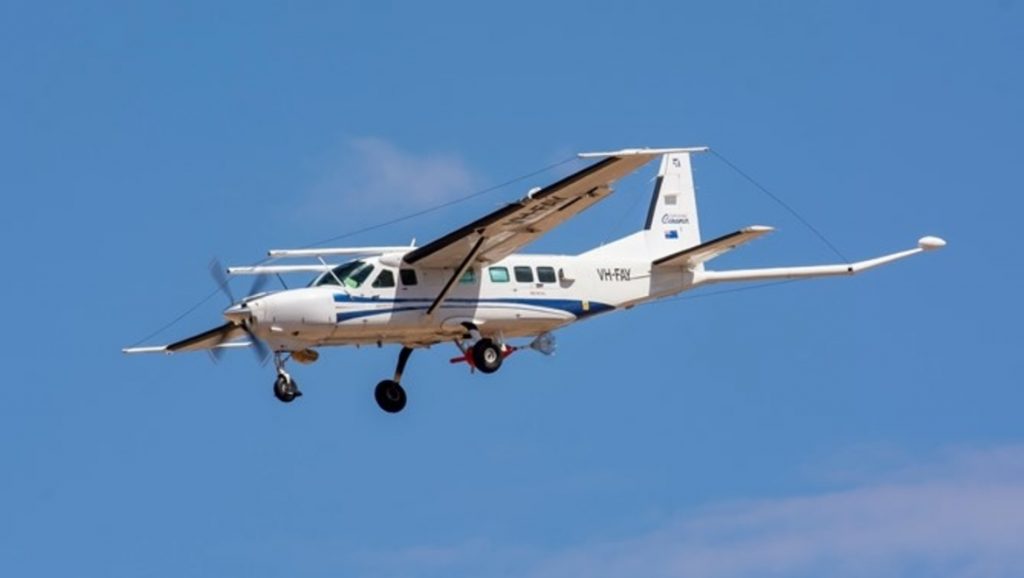An ATSB investigation has revealed the pilot of a Cessna Grand Caravan that crashed into the ocean near Japan in September 2018 was incapacitated, possibly from hypoxia.
The Australian Transport Safety Bureau report stated, “While the aircraft was in the cruise on autopilot, the pilot almost certainly became incapacitated.
“Consequently, about five hours after the last position report, without pilot intervention to change fuel tanks, the aircraft’s engine stopped, likely due to fuel starvation. This resulted in the aircraft entering an uncontrolled descent into the ocean.”

The Australian-registered Cessna 208B (VH-FAY) was being ferried from Perth to Mississippi in the United States via the northern Pacific when on the morning of 27 September 2018 it departed from Saipan Airport in the Northern Mariana Islands bound for New Chitose Airport in Hokkaido, Japan.
The aircraft climbed for an hour before levelling off at 22,000 feet and reported its position two hours and 20 minutes into the flight to Tokyo Radio, however, it did not make any mandatory reports after that.
Then, 4.5 hours after the last communication, two Japan Air Self-Defense Force (JASDF) craft intercepted the Cessna, which did not respond in accordance to intercept protocols, continuing to travel on its planned route.
The JASDF pilots could not see into the cockpit to determine the condition of the pilot or to note he was incapacitated.
After a further 30 minutes, the aircraft descended into cloud then descended rapidly further before disappearing from radar two minutes later.
Within two hours, search and rescue personnel located the aircraft’s rear passenger door. No other aircraft parts were located and the pilot was not found.
ATSB transport safety director Stuart Macleod said that while the cause of the incapacitation could not be determined and a medical event could not be ruled out, the pilot was operating alone in an unpressurised aircraft at 22,000 feet and probably using an unsuitable oxygen system, which increased the risk of experiencing hypoxia.
“Operating unpressurised aircraft above 10,000 feet requires careful oxygen management and planning,” Macleod said.
“Where an increased risk of hypoxia exists, good risk management practices should be used for flight planning. Because the effects of hypoxia can be insidious, training in recognition of early symptoms of hypoxia can increase the time available to react, descend and resolve any issues.”
As a result of this accident, the aircraft operator amended its operation manual to include additional guidance for international ferry flights. It also created an oxygen-use guide and a specific risk assessment for positioning (ferry) flights.















